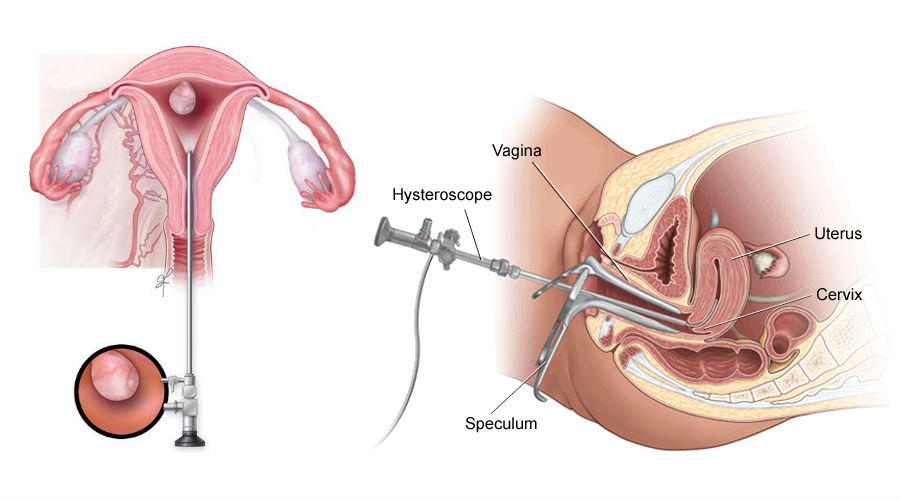What is Hysteroscopic Septum Resection?
Hysteroscopic Septum Resection is a minimally invasive surgical procedure used to remove a uterine septum, which is a congenital condition where a band of tissue divides the uterine cavity partially or completely. This septum can interfere with normal uterine function, affecting fertility and pregnancy outcomes. The procedure is performed using a hysteroscope, a thin lighted instrument inserted through the vagina and cervix into the uterus, allowing direct visualisation and removal of the septum without external incisions.

Symptoms of Uterine Septum
Many women with a uterine septum may remain asymptomatic, but common symptoms include:
- Recurrent miscarriages
- Difficulty conceiving (infertility)
- Premature labour or preterm birth
- Abnormal menstrual bleeding in some cases
- Painful periods (rare)
Procedure / Treatment
Preoperative Evaluation: Includes pelvic ultrasound or MRI and hysterosalpingography (HSG) to diagnose the septum accurately.
Anaesthesia: Performed under general or spinal anaesthesia for comfort.
Hysteroscopy: A hysteroscope is inserted through the vagina into the uterus. The septum is visualised directly.
Resection: Using small surgical instruments or electrosurgical energy attached to the hysteroscope, the septum is carefully cut and removed to create a single, normal uterine cavity.
Postoperative Care:
- Usually a day-care procedure; patients can return home the same day.
- Hormonal therapy (oestrogen) may be prescribed to promote healing of the uterine lining.
- Follow-up hysteroscopy may be scheduled to ensure complete healing.
Prevention
Since a uterine septum is a congenital condition (present from birth), it cannot be prevented. However, early diagnosis in women with infertility or recurrent pregnancy loss and timely surgical correction can prevent associated complications.
Benefits of Hysteroscopic Septum Resection
- Improves chances of successful pregnancy
- Reduces risk of miscarriage
- Minimally invasive with no abdominal scars
- Quick recovery and minimal postoperative discomfort
- No disturbance to the external structure of the uterus
- Day-care procedure with short hospital stay
- Enhances overall reproductive outcomes
Types of Uterine Septum
- Partial Septum (Subseptate Uterus): Septum partially divides the uterine cavity.
- Complete Septum (Septate Uterus): Septum extends from the top of the uterus to the cervix or vagina, completely dividing the uterine cavity.
Both types can be corrected through hysteroscopic resection for improved reproductive health.
